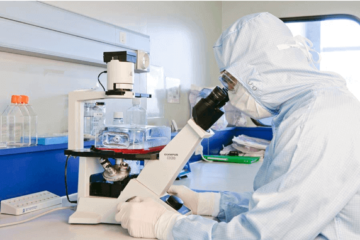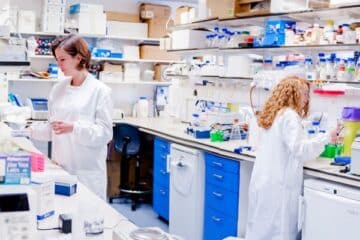Rebuilding Damaged Cartilage in the Spine with Stem Cell Therapy
Stem cell therapy offers a promising approach to regenerating damaged spinal cartilage. By harnessing the regenerative potential of stem cells, this therapy aims to repair and restore the integrity of the intervertebral discs, potentially alleviating pain and improving spinal function.













